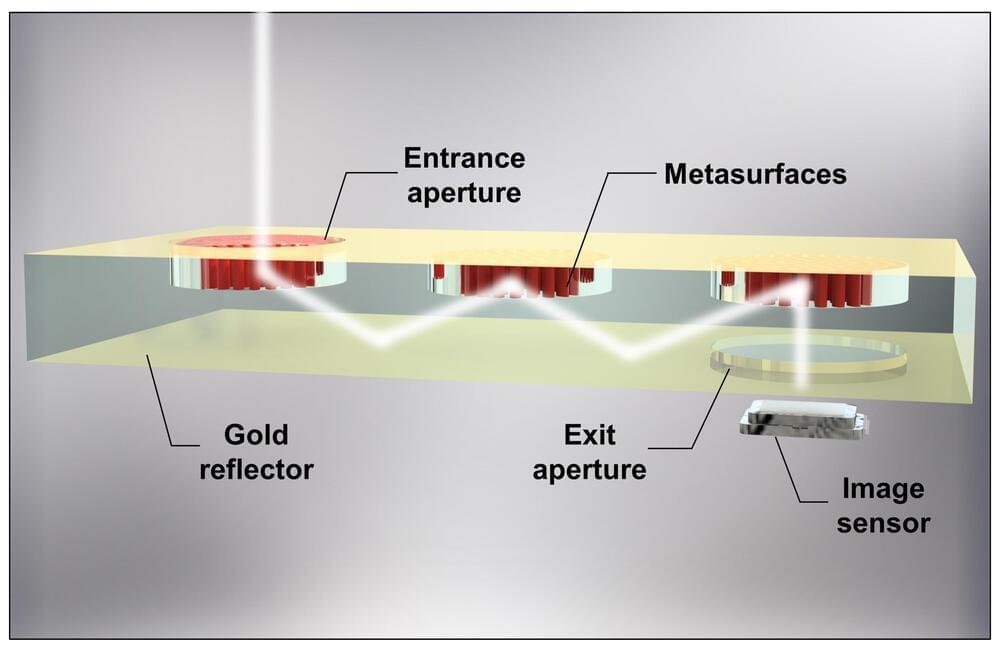Using various telescopes, an international team of astronomers has conducted a comprehensive study of a double-lined spectroscopic binary known as HD 34736. The study, published November 6 in the Monthly Notices of the Royal Astronomical Society, delivers important insights into the properties of this system.
So far, the majority of binaries have been detected by Doppler shifts in their spectral lines, hence these systems are called spectroscopic binaries. Observations show that in some spectroscopic binaries, spectral lines from both stars are visible, and these lines are alternately double and single. These systems are known as double-lined spectroscopic binaries (SB2).
HD 34,736 is an SB2 system consisting of two chemically peculiar late B-type stars, located some 1,215 light years away. Previous observations of HD 34,736 have found that the system has an extraordinarily strong magnetic field exceeding 4.5 kG. The effective temperatures of the primary and secondary star were found to be 13,700 and 11,500 K, respectively.








